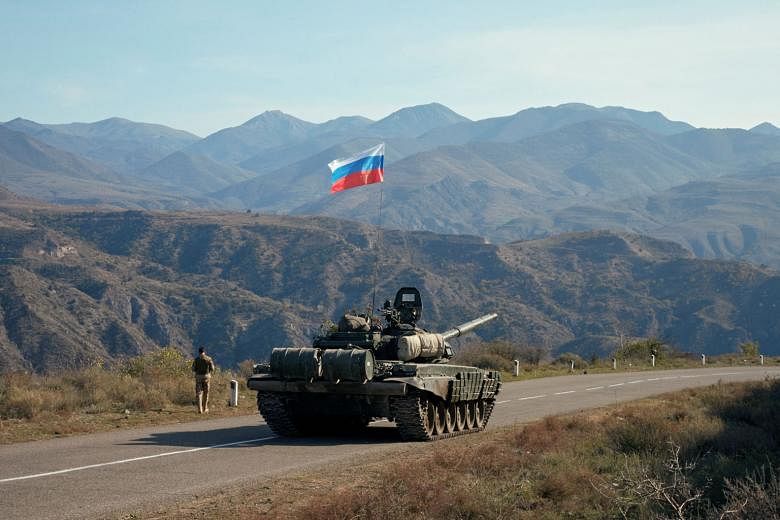The guns have fallen silent in the six-week-long war between Armenia and Azerbaijan, a conflict in which up to 5,000 people have died, and tens of thousands more have been displaced.
But the consequences of the conflict on the south-eastern edges of Europe are likely to be profound. For they presage a broader strategic realignment. And they also herald newer forms of warfare.
Already a subscriber? Log in
Read the full story and more at $9.90/month
Get exclusive reports and insights with more than 500 subscriber-only articles every month
ST One Digital
$9.90/month
No contract
ST app access on 1 mobile device
Unlock these benefits
All subscriber-only content on ST app and straitstimes.com
Easy access any time via ST app on 1 mobile device
E-paper with 2-week archive so you won't miss out on content that matters to you


